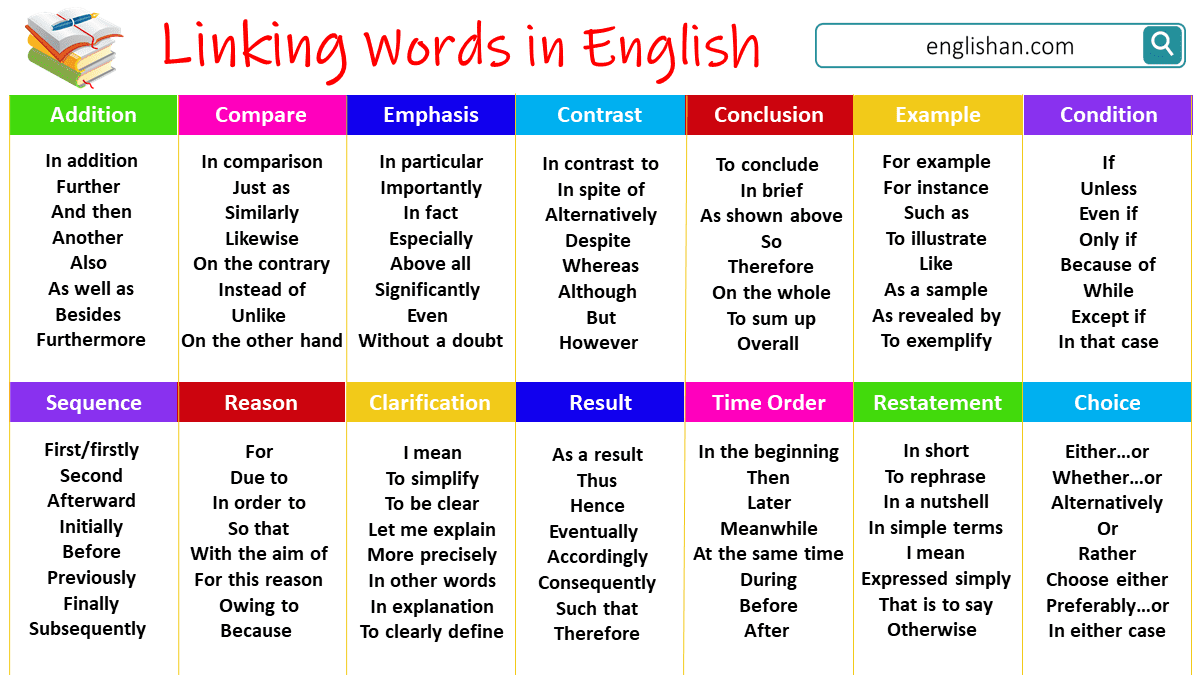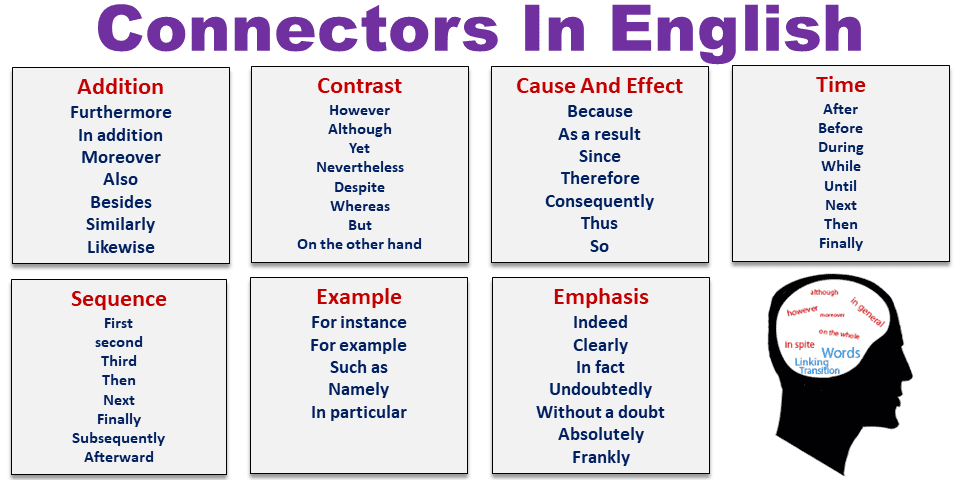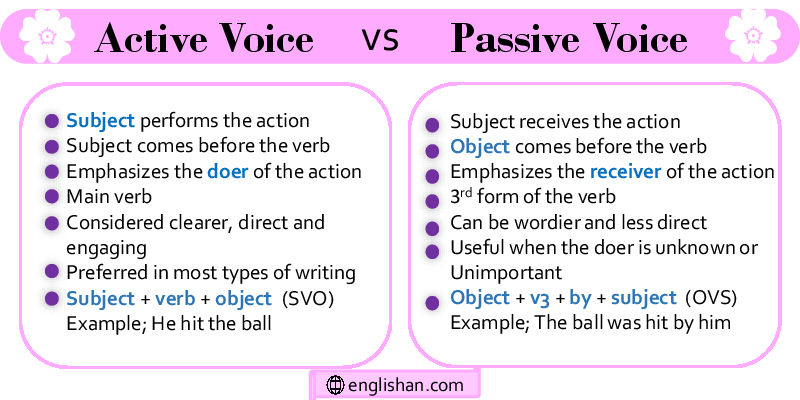Contents
An adverb of place provides information about the location or position of an action or event in relation to a specific place. These adverbs provide clarity and valuable information about where something is happening or the direction in which an action is being performed. For instance, when someone asks “Where are you going?” you can use adverbs of place to explain your destination. Examples of adverbs of place include here, there, nearby, away, up, down, etc. They often answer the questions ‘Where?’ or ‘To what place?’ and add depth and clarity to our sentences. So, let’s explore some useful adverbs of place with examples and better understand how they can be utilized in everyday language.
What is an adverb?
An adverb is a word that describes or modifies a verb, adjective, or other adverb. It tells us how, when, where, or to what extent something happens. There are several types of adverbs including time, place, manner, degree, frequency, and interrogative adverbs learn more
What is an adverb of place?
Adverbs of place are a type of adverb that provide information about the location, position, or direction of an action or verb in a sentence. They help to answer the question “Where?” in relation to the action or verb. They describe where an action is happening or where something is located. For example,
- She is waiting here.
Here the adverb “here” indicates the specific location where the subject (she) is waiting. It gives a clear idea of the place where the action is happening.
- The library is near the park.
Here “Near” shows the proximity of the library to the park, giving a sense of distance between the two locations. It conveys that the library is not far away from the park.
How to use adverbs of place in a sentence?
Adverbs of place can be placed at different positions in a sentence, depending on the emphasis or clarity you want to convey.
After the Main Verb
Adverbs of place generally come after the main verb in a sentence. For example:
- She walked outside.
- They live down the street.
After the Object
If the sentence has a direct object, the adverb of place usually follows the object. For example:
- He placed the book on the table.
- She found her keys under the couch.
Before the Main Verb
Some adverbs of place, especially short ones, can be placed before the main verb for emphasis. For example:
- Here comes the bus!
- There lies the problem.
Common Adverbs of Place
- here, there, everywhere, somewhere, nowhere: These adverbs indicate general locations.
- above, below, over, under: They indicate vertical position or relationship.
- in, inside, outside, indoors, outdoors: These indicate whether something is within or outside a specific location.
- near, far: Indicate distance from a point.
- upstairs, downstairs: Show movement within a building.
- north, south, east, west: Indicate direction.
- abroad, overseas, locally: Show location in relation to a specific area.
- anywhere, nowhere: Refer to unspecified or non-specific locations.
Prepositional Phrases
Adverbs of place are also commonly used in prepositional phrases, where the adverb is combined with a preposition to provide more specific location information. For example: on the table, in the park, under the bed, along the street, by the river, at the beach, near the forest, etc.
- We had a picnic in the park.
- The book is on the table.
- They walked along the street.
Compound Adverbs of Place
These are adverbs formed by combining an adverb with another word. For example: upstairs, downstairs, outdoors, indoors, whereabouts, hereabouts, therein, etc.
- The kitchen is downstairs.
- It’s too hot, let’s stay indoors.
- They love to play outdoors.
Word Order Importance
The placement of adverbs of place can impact the meaning of a sentence. Different word orders can emphasize different aspects:
- “He is there now.” (Emphasizing the location)
- “He is now there.” (Emphasizing the timing of arrival)
Example sentences
- The kids are playing outside.
- The cat is hiding under the table.
- Please wait for me downstairs.
- Here, the meeting will take place.
- The mountains are far
- She walked away from the crowd.
- They are walking down the street.
- I left my keys somewhere in the house.
- It’s cold outside today.
- She traveled abroad for her studies.
- She placed the vase on the shelf.
- The park is near our house.
- The bakery is just down the street.
- The scent of flowers was everywhere.
- She is standing there quietly.
- The car is parked right outside.
- They went there to meet the teacher.
List of adverbs of place
- here
- there
- everywhere
- somewhere
- nowhere
- near
- far
- abroad
- overhead
- underground
- upstairs
- downstairs
- outside
- inside
- behind
- in front
- nearby
- internally
- externally
- hereabouts
- thereabouts
- indoors
- outdoors
- ahead
- underneath
- back
- forward
- away
- out
- in
- up
- on
- down
- around
- above
- below
- between
- beside
- by
- across
- towards
- over
- beyond
- north
- south
- east
- west
- aside
- within
- without
- right here
- left behind
- in front
- northeast
- northwest
- southeast
- southwest
- in the park
- overseas
- overhead
- underfoot
- underground
- on the hill
- under the bridge
- by the river
- at the store
- across the street
- along the path
- through the forest
- near the beach
- beyond the horizon
- between the buildings
- behind the curtain
- inside the house
- outside the window
- atop the mountain
- under the table
- below the surface
Adverbs of Place Quiz
Q1: Which of the following is an adverb of place?
- Quickly
- Happily
- Here
- Suddenly
Q2: What does an adverb of place describe?
- Time
- Manner
- Location
- Frequency
Q3: In the sentence “The cat is sleeping under the table,” the adverb of place is:
- sleeping
- under
- cat
- table
Q4: Which of the following sentences has an adverb of place?
- She sings beautifully.
- They dance gracefully.
- The book is on the shelf.
- He reads quietly.
Q5: Which question does an adverb of place help answer?
- What?
- When?
- Why?
- Where?
Q6: Choose the correct adverb of place for the sentence: “The cat is hiding ________ the bed.”
- under
- always
- carefully
- quickly
Q7: She looked __________ and saw a rainbow in the sky.
- above
- inside
- quietly
- soon
Q8: He lives _______________ the city.
- on
- under
- outside
- over
Q9: The keys are _______________ the drawer.
- above
- under
- behind
- in
Q10: She placed the vase _______________ the table.
- over
- beside
- upon
- on
Answers:
- c) Here
- c) Location
- b) under
- c) The book is on the shelf.
- d) Where
- a) under
- a) above
- c) outside
- d) in
- d) on
FAQs
An adverb of place is a type of adverb that provides information about the location, position, or direction of an action or verb within a sentence. It answers the question “Where?” in relation to the action.
Adverbs of place describe where an action is happening or where something is located. They add context and specificity to sentences by indicating the spatial aspects of the action.
Yes, They can be used with both transitive (verbs that take a direct object) and intransitive (verbs that don’t require a direct object) verbs. They describe the location of the action in relation to the subject.
Some common examples include “here,” “there,” “everywhere,” “somewhere,” “nowhere,” “upstairs,” “downstairs,” “inside,” “outside,” “near,” “far,” “above,” “below,” and “abroad.”
Adverbs of place can be used at the beginning, middle, or end of a sentence, depending on where the speaker wants to emphasize or create a specific effect.
No, not all adverbs of place end in “-ly.” adverbs of place such as “here,” “there,” “above,” “below,” “nearby,” and “inside” do not end in “-ly.”
You May Also Like






